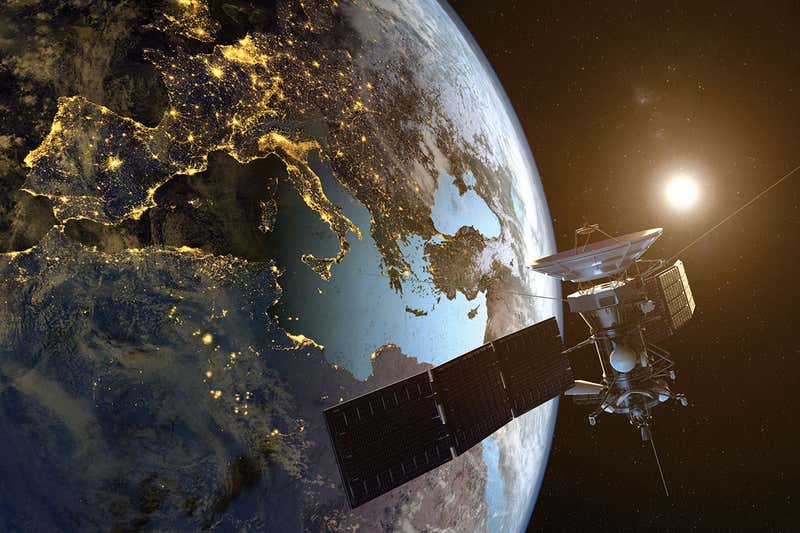In May 2019 Elon Musk’s SpaceX launched a satellite program titled ‘Starlink’. The program which is a low earth orbit (LEO) satellite system saw the launch of 60 low earth orbit satellites in the first phase of a six step plan in which Musk has announced to provide the entire planet with broadband internet.
The Starlink program has been the talk of the town in the technology world with media outlets announcing its the greatest thing to happen to satellite technology in recent years. There is still speculation whether the Starlink program is capable of providing cost effective results due to 3 satellites being lost in the first phase of testing and the uncertainty of whether the satellites reflection will harm Astronomy. The completion of the program will see more than 720 satellites launched into low Earth orbit providing 25ms latency and faster bandwidth capabilities.
Geostationary Equatorial Orbit (GEO) Satellites have been in operation for more than 50 years. They have a much larger lifespan and it only requires a few satellites to cover the Earth. As well as a longer lifespan GEO satellites are a lot harder to lose due to their fixed position in the Earths orbit.
LEO Satellites are a lot smaller in size compared to GEO which means less rocket power and fuel consumption when it comes to orbit launch. Due to their size and proximity the LEO antenna transmissions use approximately 1 Watt of power. LEO’s ability to spot beam means it can distribute bandwidth to be increased or decreased in certain areas based on its requirements.
LEO – Low Earth Orbit
Low Earth Orbits are satellite systems which orbit between 160 and 2000km above the earths surface. LEO systems are yet to be launched by Elon Musk’s SpaceX although its predicted LEO will feature a 25ms latency and a much faster bandwidth than MEO & GEO systems.
Advantages Of LEO:
– Smaller satellites result in less rocket power and fuel to launch satellites into orbit.
– The antennas can have a low transmission power of approximately 1 watt.
– The delay of packets is relatively low.
– Useful for smaller footprints.
Disadvantages of LEO:
– More satellites are required for larger coverage.
– Shorter life span of 5-8 years
Medium Earth Orbits are satellite systems which orbit between 2000 and 35,786 km above the earths surface.
MEO systems feature a 250ms latency and have a very large range of bandwidth capabilities due to spot beams which allows bandwidth to be increased and decreased in certain areas based of requirements.
Advantages Of MEO:
– Requires a smaller amount of satellites for orbit.
– Satellites are visible for longer time periods ranging between 8 and 12 hours
Disadvantages Of MEO:
– Satellites require higher transmission power
– Special antennas are required
GEO – Geostationary Equatorial Orbit
A Geostationary Satellite is an earth orbiting satellite placed at an altitude of approximately <35,786 over the equator. Geostationary Satellites cover 42% of the earths satellite surface area.
GEO systems feature a 488ms latency and a bandwidth of approximately 506Mbit/s.
Advantages Of GEO:
– It’s nearly possible to cover the entire earth with few satellites.
– Antennas dont need to be adjusted they remain in a fixed position.
– Lifespan of a GEO Satellite is approximately 15 years
Disadvantages Of GEO:
– Larger antennas are required for northern and southern regions of the earth.
– High transmission cost.
– Tall city building limit the transmission quality.

